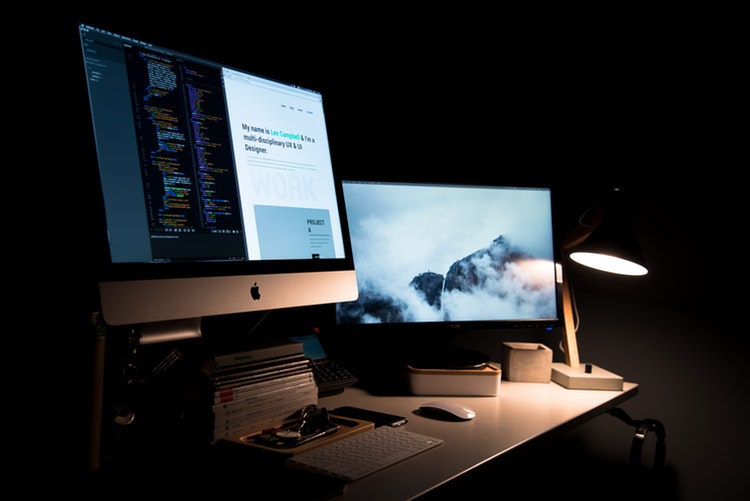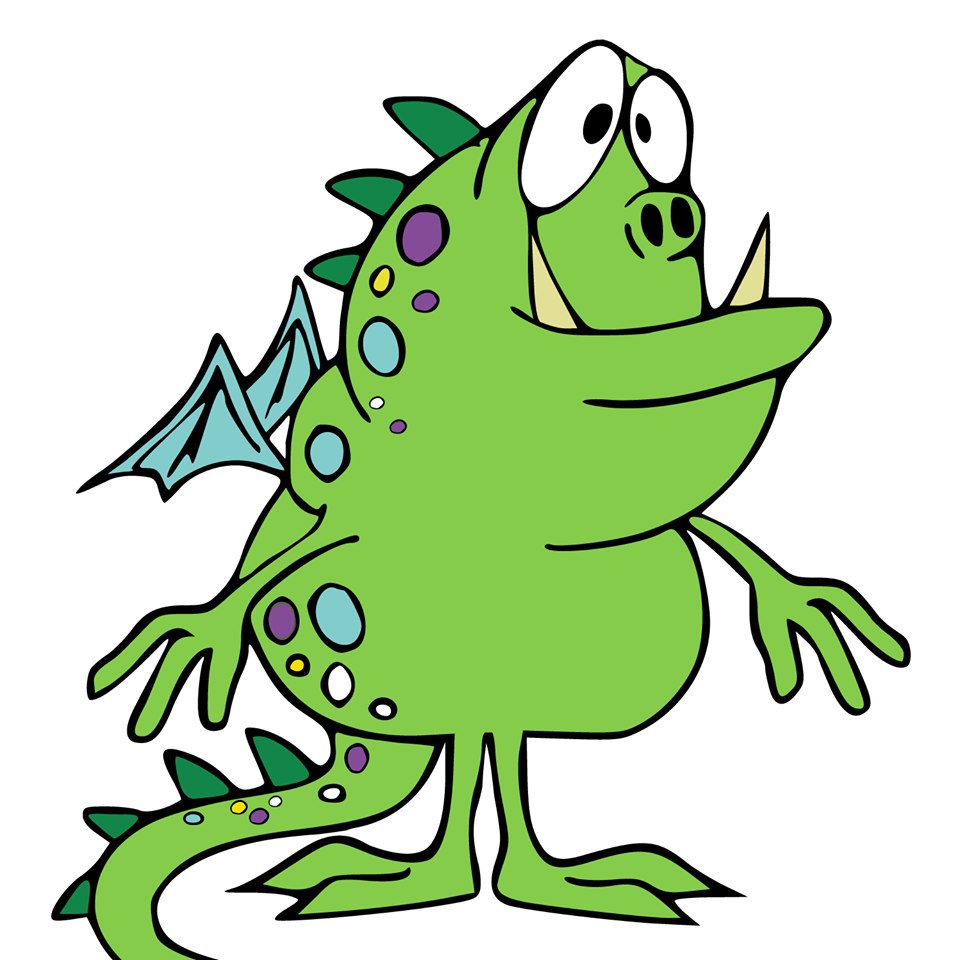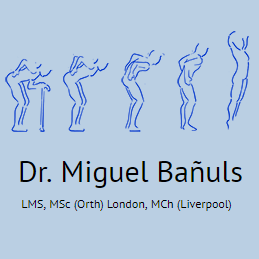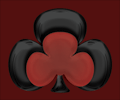Metallic effects on web pages can add a touch of sophistication and elegance to the overall design. With the power of CSS and Javascript, it’s possible to create stunning metallic effects that mimic the appearance of different types of metals like gold, silver, bronze, and more. In this blog post, we’ll explore some amazing techniques to create metallic effects using CSS and enhance them with the interactivity of Javascript.
Creating Metallic Text Effects with CSS
One of the most visually appealing ways to create metallic effects is by applying them to text. By using CSS, we can achieve a range of metallic looks, from polished shine to weathered patina. We can start by using gradients to mimic the reflective nature of metal surfaces. Color stops can be strategically placed to create the illusion of light reflecting off the text, giving it a metallic sheen. By tweaking the colors and positions of the gradients, we can achieve effects that resemble different types of metals.
.text {
background: linear-gradient(to right, #d4af37, #ffd700, #d4af37);
-webkit-background-clip: text;
-webkit-text-fill-color: transparent;
font-size: 60px;
font-weight: bold;
text-transform: uppercase;
letter-spacing: 3px;
}Adding Depth and Realism with Shadows
To enhance the metallic effect, we can incorporate CSS box shadows to create a sense of depth and realism. By carefully adjusting the blur and spread radius of the shadows, we can make the metallic text appear as though it’s raised or embossed, further reinforcing the illusion of depth and texture.
.text {
text-shadow: 1px 1px 2px #888888;
box-shadow: 0 0 10px #ffd700;
}Interactive Metallic Effects with Javascript
Read more on 8 Amazing Metallic Effects Built With CSS and JavaScript
To take the metallic effects to the next level, we can use Javascript to add interactivity. For example, when the user hovers over the metallic text, we can trigger animations that simulate the shimmer and glint of light on a metal surface.
const text = document.querySelector('.text');
text.addEventListener('mouseover', function() {
text.style.background = 'linear-gradient(to right, #ffd700, #d4af37, #ffd700)'; // Add animation or transition effects for shimmering
});
text.addEventListener('mouseleave', function() {
text.style.background = 'linear-gradient(to right, #d4af37, #ffd700, #d4af37)';
});By combining CSS and Javascript, we can create truly mesmerizing metallic effects that captivate and engage users. Whether it’s for headings, buttons, or other UI elements, metallic effects can elevate the visual appeal of a website and leave a lasting impression on visitors.
In conclusion, the combination of CSS and Javascript provides a powerful toolkit for creating amazing metallic effects on the web. By implementing gradients, shadows, and interactivity, we can craft stunning visuals that emulate the luxurious look of metallic surfaces. Experimenting with different color schemes, textures, and animations opens up endless possibilities for achieving metallic effects that are sure to dazzle and delight.















